Contents
- Place to grow on the plot
- Preparation of beds
- Environmental requirement
- Preparing and processing onions before planting
- Landing technology
- Cultivation from seeds
- Growing from sevka
- How to grow an onion head
- Landing onions for the winter
- What does onion like when growing
- How to care for onions after planting
- How to grow a good crop of onions
- Harvesting
- Storage after collection
- Tips and Tricks
Onions appeared 5 years ago and still have not lost popularity. And all because it requires minimal care. But for maximum return, it is important to properly care for the onions in the garden.
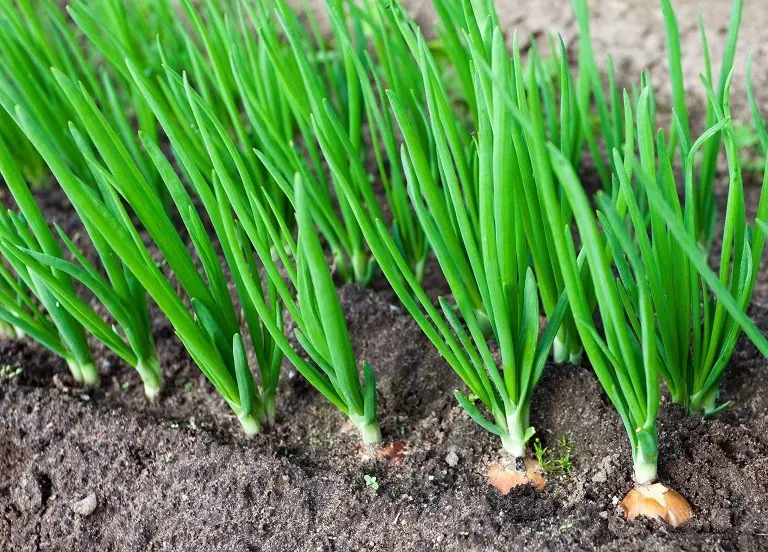
Place to grow on the plot
Half the success of getting a high yield depends on choosing the right place to plant.

When looking at a place, it is advisable to listen to the recommendations:
- open sunny area;
- occurrence of groundwater below 50 cm from the soil level;
- fertile, loose soil;
- predecessors – cucumbers, pumpkin, peas, tomatoes;
- good neighbors – beets, carrots, radishes, cabbage;
- neutral acidity – pH is 6,5;
- it is better to grow on loamy or sandy soil.
Attention! When planting onions, it is important to observe crop rotation – change the planting site annually. It is better to plant carrots and onions nearby. This arrangement of crops is mutually beneficial – planting will not affect onion and carrot flies.
Preparation of beds
It is recommended to prepare the site for planting onions in the fall.
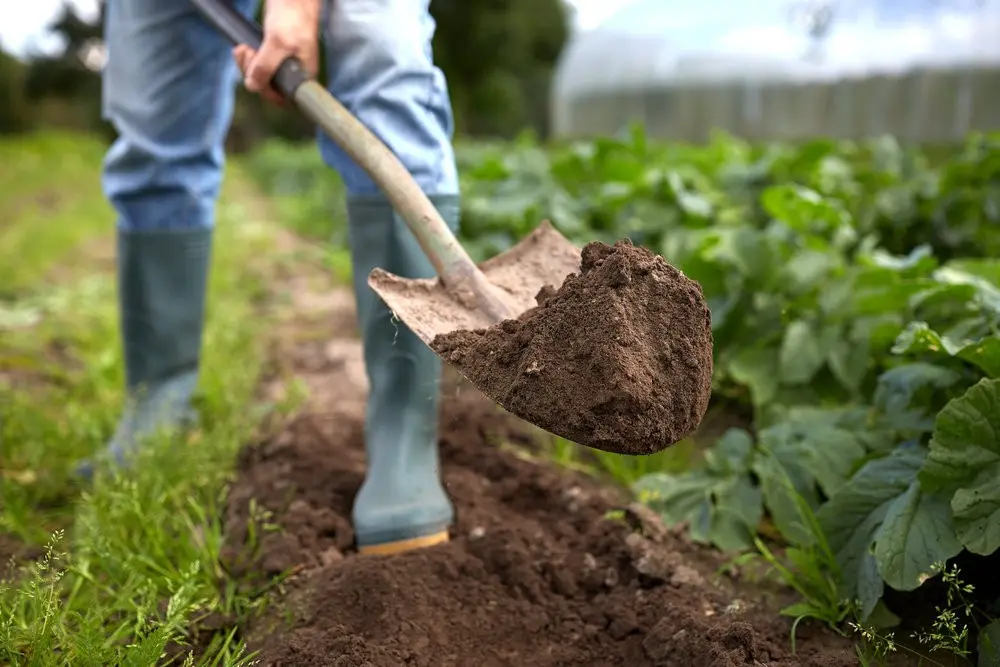
Soil Preparation
When digging the soil, you need to make rotted manure. Fresh is not suitable for several reasons. He can:
- affect the growth of green mass, which will adversely affect the development of turnips;
- become a peddler of weed seeds;
- cause various diseases.
It is necessary to dig to the depth of the spade bayonet. During the procedure, weed roots should be removed, stones removed.
Land cultivation
In autumn, it is recommended to lime the acidic soil in order to increase the yield. It should be noted that simultaneous liming and manure application is impossible, since lime will reduce the concentration of fertilizer in the soil. Therefore, lime can be replaced with wood ash, ground chalk, dolomite flour.
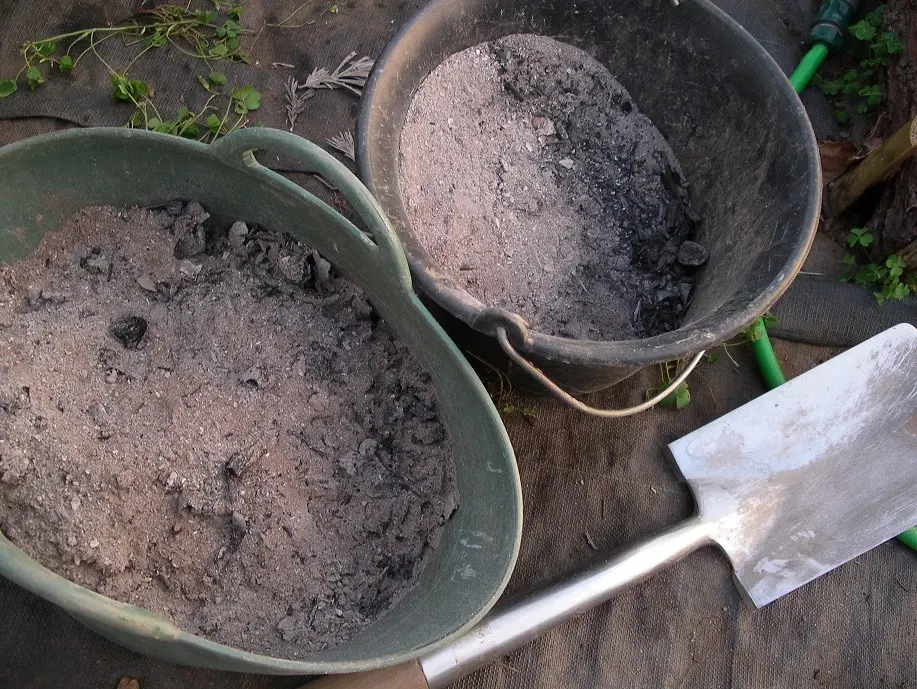
With the advent of spring, the soil is filled with mineral fertilizers in 3 stages. Half must be applied when preparing the soil, and the remaining half should be divided into 2 parts and applied when feeding the bulbs.
Environmental requirement
Bad weather adversely affects the development of the onion head. Since the culture is cold-resistant, planting can be carried out already in the first days of May, at an ambient temperature of + 5 ° C. The soil should warm up to +10°C.
Preparing and processing onions before planting
To obtain a high yield of seedlings, it is necessary to decontaminate before planting.
What to process
Before planting the sevka, it is necessary to carry out the treatment with special preparations from fungal diseases and pests.
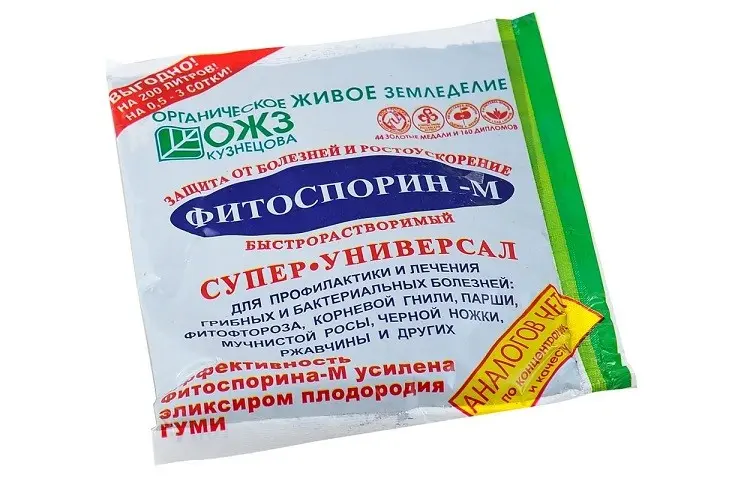
Phytosporin
The biological preparation protects plantings from fungal diseases. It is safe and available. To prepare a working solution, it is necessary to dilute 10 tbsp in 1 liters of water. l. funds. Immerse the onion in the solution and soak for 2 hours. After drying, plant in the garden.
Маргацовка
Dissolve 10 g of potassium permanganate in a bucket of water and soak the seeds. After 20 minutes, rinse the seed in water and plant on the site.
Salt or soda solution
Salt or soda helps prevent the invasion of onion flies, nematodes. First, soak the onion for 2 hours in ordinary water, then 3 hours in a salt solution: for 10 liters of water, 6 tbsp. l. salt. After soaking, the seeds are washed and planted.
Copper sulfate
The chemical preparation has an antifungal effect. In a bucket of water, you need to dilute 30 g of vitriol, soak the onion for 10 minutes, rinse and plant on the site.

Ash
A natural remedy improves the growth of bulbs, prevents the appearance of pests and nourishes them with beneficial substances. Dissolve 500 g of ash in a bucket of water, soak for 5 minutes, then plant.
“Epin-extra”
The synthetic growth stimulant contains phytohormones. It stimulates the development of roots, improves immunity. One ampoule should be diluted in 2 liters of water. Bulbs stand for half an hour.
Ammonium nitrate
Prevents the development of bacteria and fungi, stimulates growth. The packaging usually indicates instructions for processing onions on an industrial scale. For home use, you need to calculate the dosage.
Birch tar
To prepare a working solution, you need 1 tbsp. l. dissolve tar in 1 liter of water, temperature +18-20°C. To prevent the heads from popping up, you need to press them down with something.
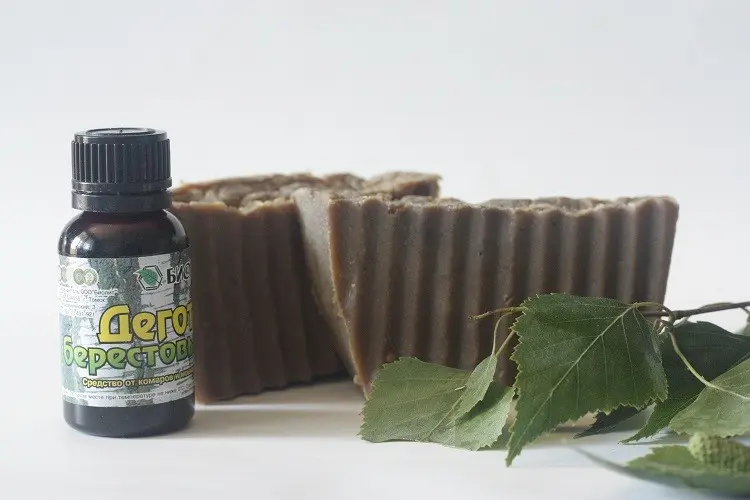
Kerosene
The pungent odor is not to the liking of pests. The solution is treated with beds before planting. It is recommended to use kerosene together with salt. In a bucket of water you need to dissolve a glass of salt and 2 tbsp. l. kerosene.
Other preparation methods
In addition to chemicals, the seeds are sorted and dried, heated, hardened and soaked.
Sorting and drying
Before planting in the ground, the seedlings are sorted out and the damaged bulbs are removed. Dry, germinated, rotten specimens are subject to rejection. Sorted by size: large, medium, small, in the same sequence and planted in the garden.
Zamachivanie
Soaking speeds up feather germination and promotes growth. The procedure is carried out only after the seed is sorted.
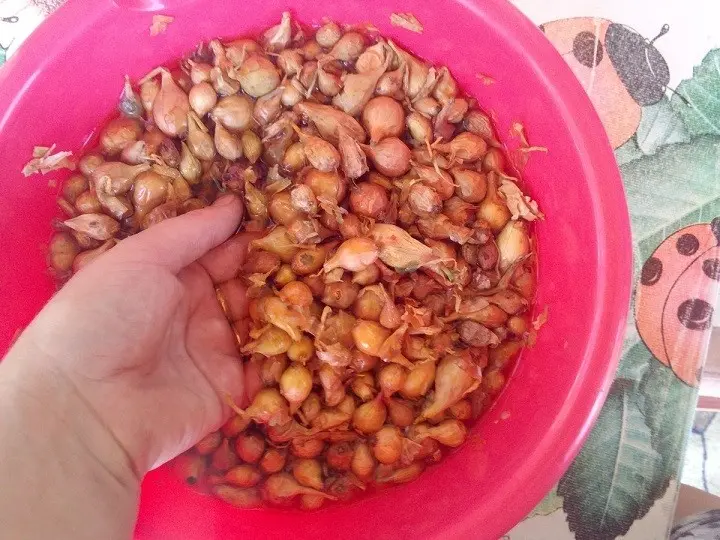
Hardening
The procedure is necessary to improve immunity. Harden off in early spring. After sorting, the onions are transferred to the cellar with a temperature of 0 to +8°C. Hardening is carried out within 10 days.
Warming up so that the bow does not go into the arrow
To prevent bolting, 3-4 days before planting, the sets are heated at a temperature of + 35 ° C. The procedure can be carried out in an accelerated way. To do this, the seed is placed for a few seconds in hot water, then in cold.
Trimming
If the upper scales began to rot, it is necessary to dry the material in a bare state.
Landing technology
In an open sunny area at a distance of 15 cm, grooves are made one from one, watered with water and seedlings are planted at a distance of 8 cm from each other. You shouldn’t go too deep. After planting, regular watering is carried out 2 times in 7 days, the bed is freed from weeds and the crop is fed.
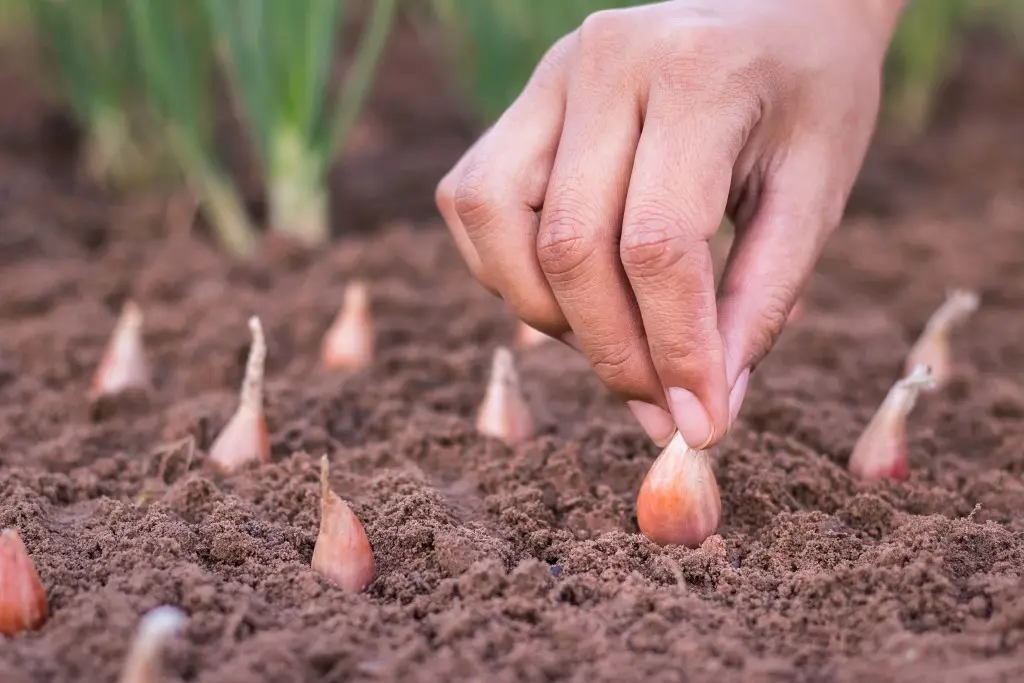
Variety choice
For the first time onions appeared in Our Country in the XII century. Breeders have bred more than 400 varieties. Varieties are very popular:
- Strigunovsky;
- Carmen;
- Rostov;
- Stardust;
- Centurion.
In small-nested varieties, 1 bulb grows, in medium-nested varieties – 2-3, multi-nested varieties produce 5-18 bulbs.
Terms of planting
The beginning of May is the optimal time for planting sevka. Winter sowing is also practiced – in the second decade of October.
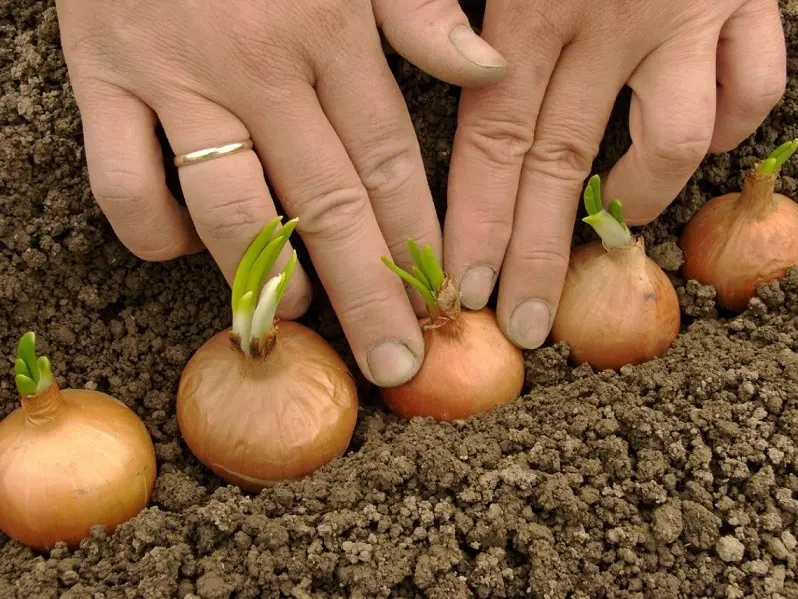
Planting should not be delayed, as the rapid drying of the top layer of the earth will delay the formation of the root system and negatively affect the size of the heads.
Features of cultivation depending on the region
Sowing sevka in Siberia and the Urals is carried out from May 5 to May 10. At this time, the soil should already warm up to +7 ° C. In cold regions, cultivation in greenhouses can be practiced. In warm climates, heads can be planted as early as the end of April.
Landing before winter in the northern regions is carried out in a greenhouse, in the southern regions – in open ground.
Landing scheme and rules
To obtain a high yield, it is important to keep a distance when planting.
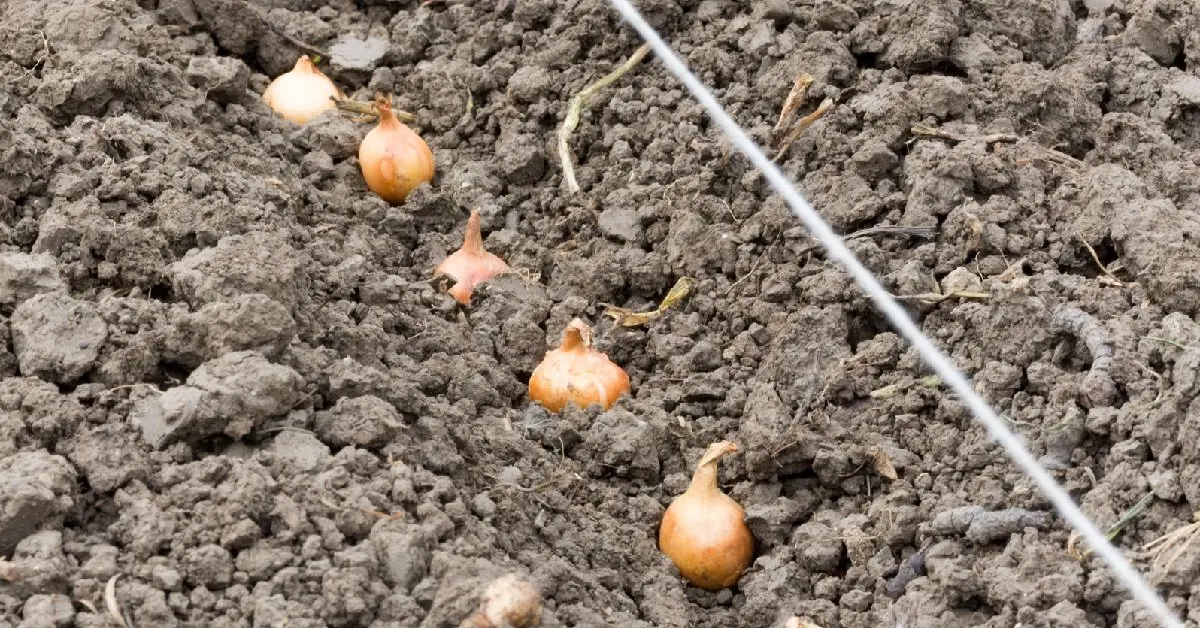
Depth, distance apart
During spring planting, the distance between the seed is observed:
- between rows should be at least 25 cm to facilitate loosening of row spacing and removal of weeds;
- you need to deepen by 3 cm;
- leave a distance of 5-10 cm between plants.
The choice of distance depends on the variety. After the end of the procedure, the bed is recommended to be mulched.
Cultivation from seeds
When growing turnips from seeds, a crop can be obtained only after 2 years, so many summer residents prefer to buy ready-made sets.
Before sowing, the seeds are soaked in warm water. After a day, it is necessary to drain the water, remove the seeds floating on the surface, since they will not be viable, put them on a cloth to dry.

Then it is necessary to disinfect in a weak solution of potassium permanganate or copper sulfate. After the grooves for sowing have been made, they must be poured with boiling water to disinfect the earth. The distance between the seeds is 1-3 cm. After sowing, the bed is watered and covered with a film. As soon as the first sprouts appear, the shelter must be removed.
Growing from sevka
Getting onions from nigella is a common planting method. It is recommended in the northern regions so that the crop is fully ripe. Before planting in open ground, dry and rotten bulbs are sorted and rejected.
When purchasing planting material in a store, it is advisable to warm up so that the bulbs do not give arrows. The distance between plantings is 10 cm. Each root is recommended to be dipped in wood ash.
How to grow an onion head
Landing time depends on weather conditions. It is necessary to land on the head after the earth warms up well. The air temperature should be +12°C, and the soil – +10°C. If return frosts are possible, planting is not carried out.
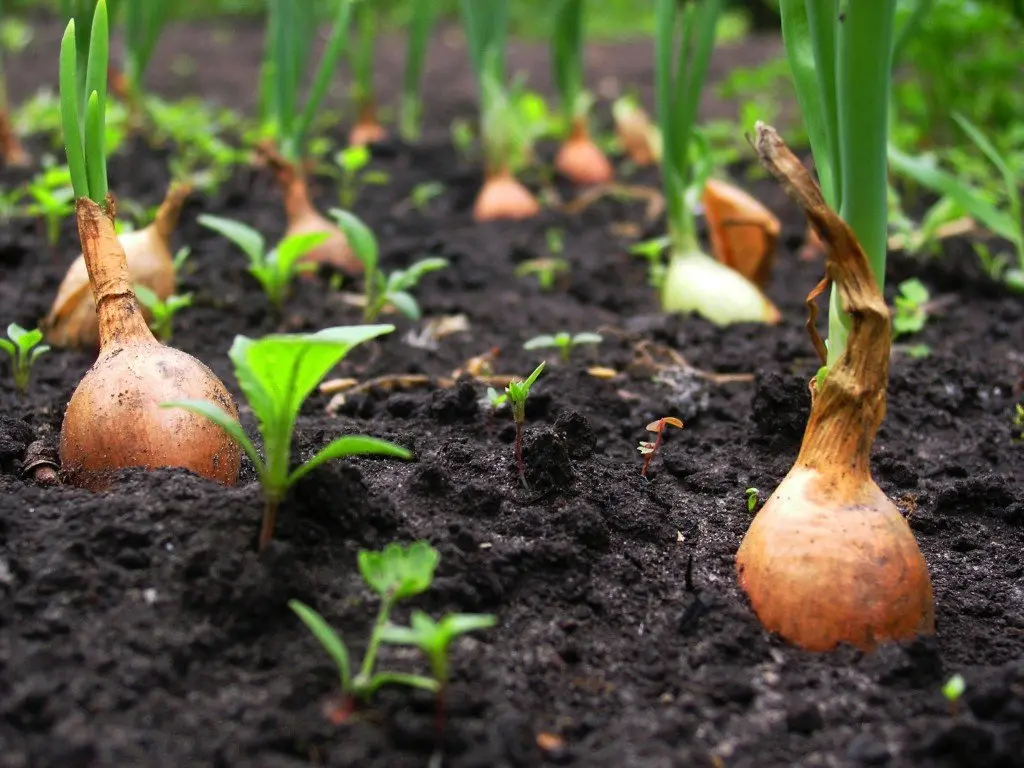
Landing onions for the winter
Turnip is grown from sevka and oatmeal. If the planting of a sowing, in which the heads are 1,5-3 cm, is planted in the spring, then the oatmeal, with an onion size of less than 1 cm, is sown before winter.
In the south of the country, you can plant in open ground, in the north – in a greenhouse. Time – until the end of October.
Grooves are made for planting, the distance between them is 15 cm, the depth is 5 cm. Watering is carried out 1,5 weeks after planting.
Attention! Until severe cold sets in, the bed should be mulched with dry foliage. So that the wind does not inflate it, you will have to press it with spruce branches. In severe winters, plantings are covered with a film.
What does onion like when growing
In order for the harvest to please, you will have to adhere to a number of rules:
- onions do not like crowding, so planting should be sparse;
- abundant watering is necessary for the growth of heads;
- fertilization will help to get a high yield.
How to care for onions after planting
Crop care consists in timely watering, loosening the soil, removing weeds, fertilizing and observing preventive measures in order to protect against diseases and pests.
Watering
When the bulbs grow, it is necessary to maintain soil moisture. It is necessary to water 2 times in 7 days. The soil should get wet to a depth of 10 cm, as soon as the bulbs begin to grow – up to 20 cm.
Loosening and weeding
A month after planting, “dry” watering is carried out – loosening the soil, removing the dried crust. At the same time, the upper part of the bulb is freed from the soil. Removing weeds will help direct nutrients to their intended purpose – the vegetable crop. Loosening will help destroy insect larvae.
Additional fertilizing
Nutrients must always reach the heads. During the growing season, you need to feed the onions 3 times.
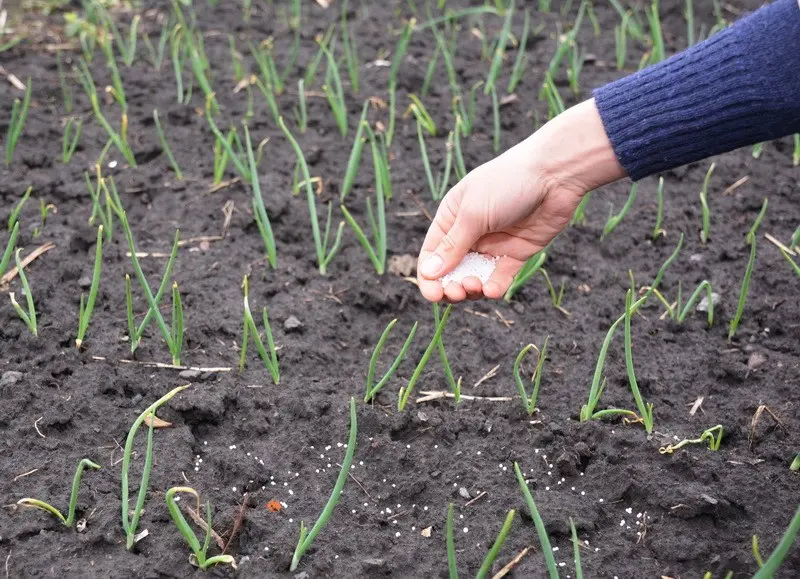
The first is held in May. Nitrogen is scattered over the surface and the soil is dug up. Mullein can be used as a nitrogen fertilizer.
The 2nd and 3rd feeding is carried out using fertilizers containing potassium and phosphorus. Bulbs need fertilizing with copper and zinc. A sufficient amount helps to extend the shelf life of turnips, so you need to apply fertilizer with their content a month before harvesting.
Pests and diseases
Fungal diseases are frequent guests of culture. Onions suffer from root rot, downy mildew. As for pests, onions are annoyed by moths, secretive proboscis, onion fly, hoverfly. Pests appear as a result of a violation of agricultural technology.
As soon as the feather changes its color: it begins to fade, white dots or dashes appear on the surface, it is recommended to treat the plantings with bioinsecticides or biofungicides. When growing onions on a feather, the use of chemicals is prohibited.
How to grow a good crop of onions
A good turnip crop depends on the fulfillment of certain conditions:
- choosing a sunny place for onions;
- site and soil preparation;
- disinfection of planting material;
- landing time;
- proper watering and maintaining humidity;
- three times the application of fertilizers per season;
- loosening and weeding a plot with onions;
- pest or disease control.
Compliance with agricultural cultivation techniques will increase the yield several times.
Harvesting
The harvest is in mid-August. Terms directly depend on the variety and climatic conditions of cultivation. The culture cannot be left in the soil for a long time, as the re-development of the root system may begin. If the growth of the feather has stopped, that is, there are no new leaves, the upper scales have turned brown – you can harvest.
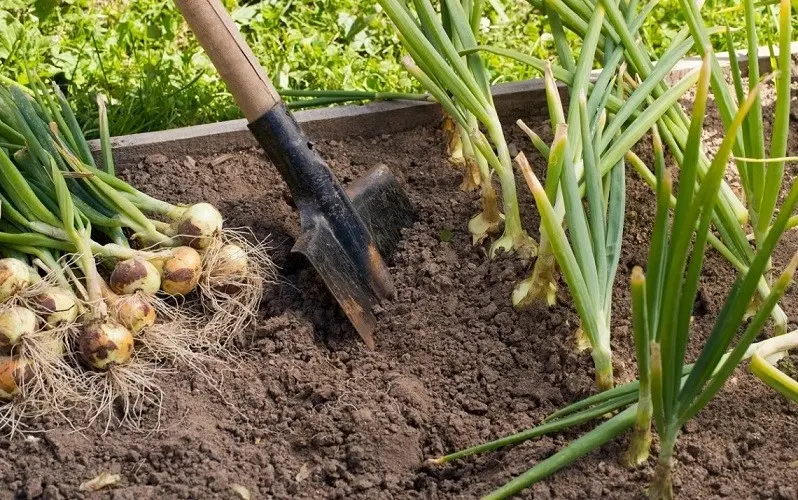
Storage after collection
As soon as the bulbs are removed from the ground, you need to remove the scales that are already peeling off. In addition, the roots are cut and the stems are cut. Before being sent to storage, the crop must be thoroughly dried. To do this, the bulbs must be laid out in one layer somewhere in a well-ventilated area. The crop is ready for storage when the scales have turned yellow-gold and the foliage is completely dry.
Tips and Tricks
Experienced gardeners advise planting small sets. Compared to a large one, it has a lot of advantages: it goes less into the arrow, it adapts better to growing conditions. If you are lucky to buy both small and large sets, small bulbs are planted 14 days earlier, and then large ones are planted. Thus, it will be possible to obtain simultaneous ripening of the crop.
Growing onions in the garden is not such a difficult task. If you follow the rules, you will be able to save until spring. Knowing the agricultural technology of cultivating a crop, it is easy to achieve a high yield.









